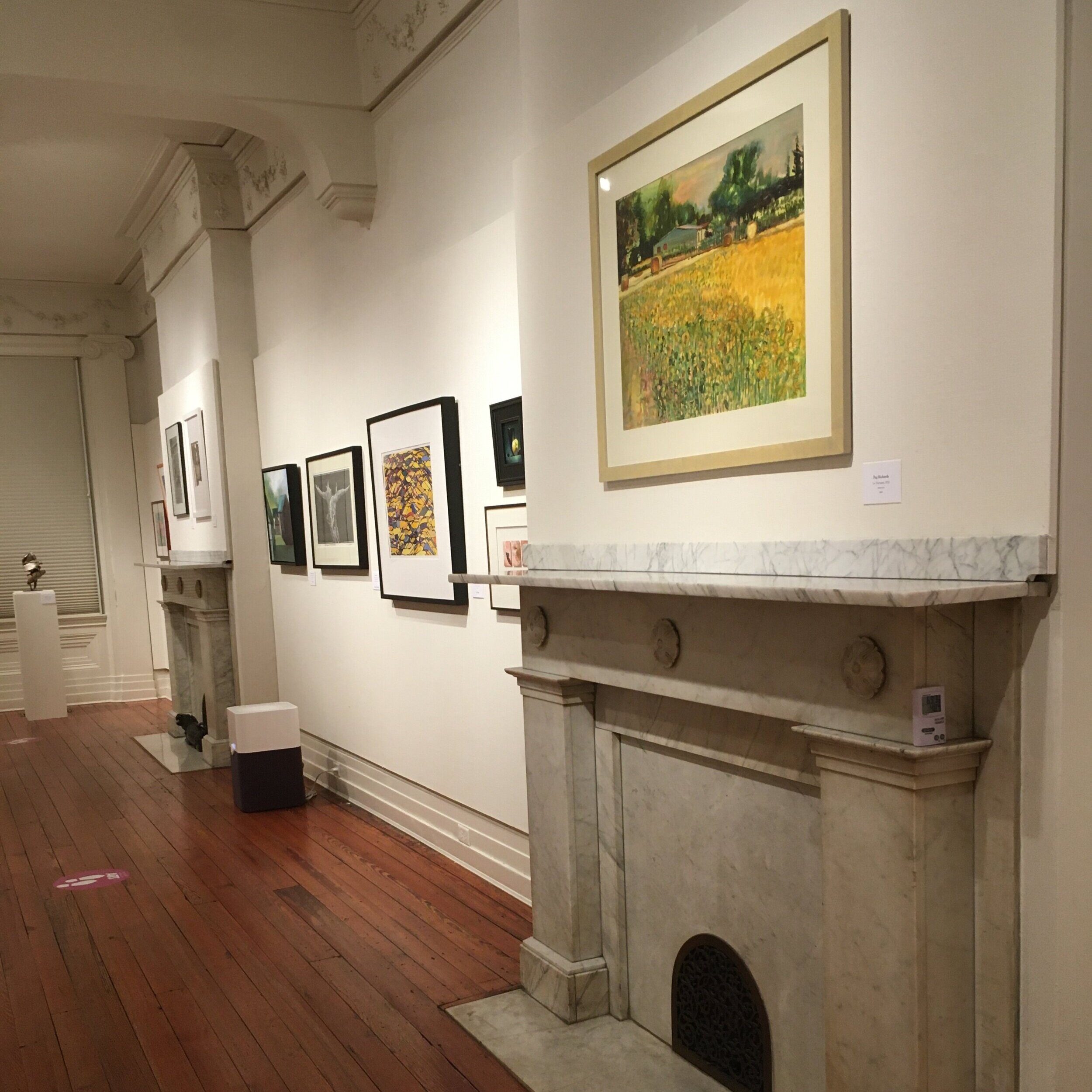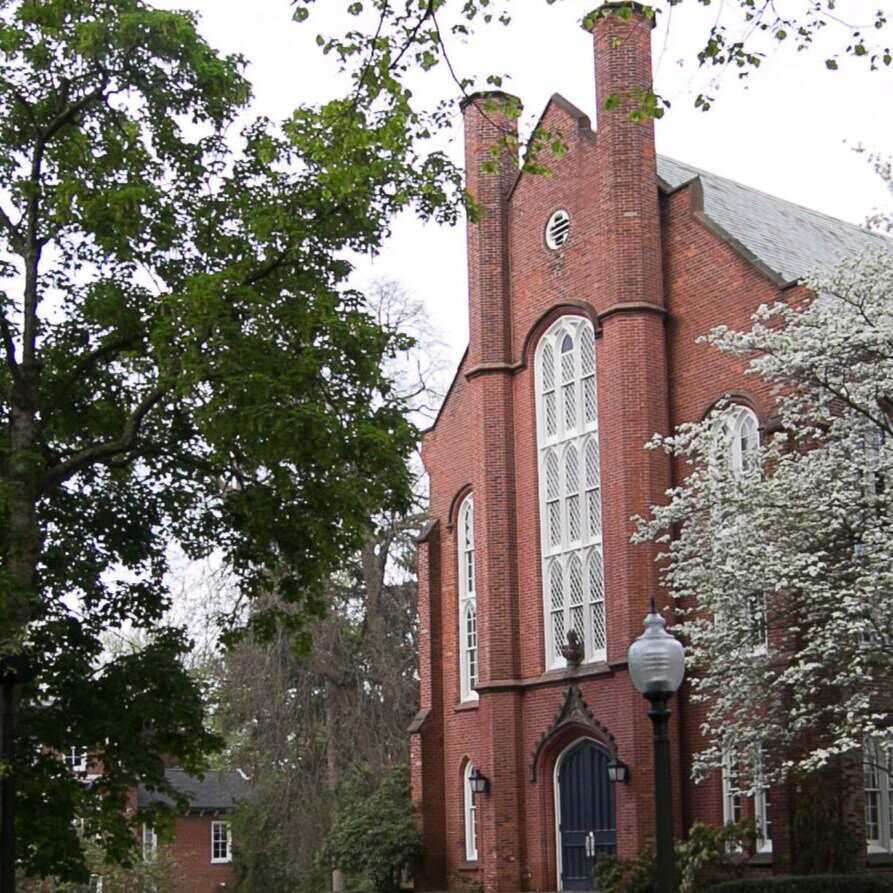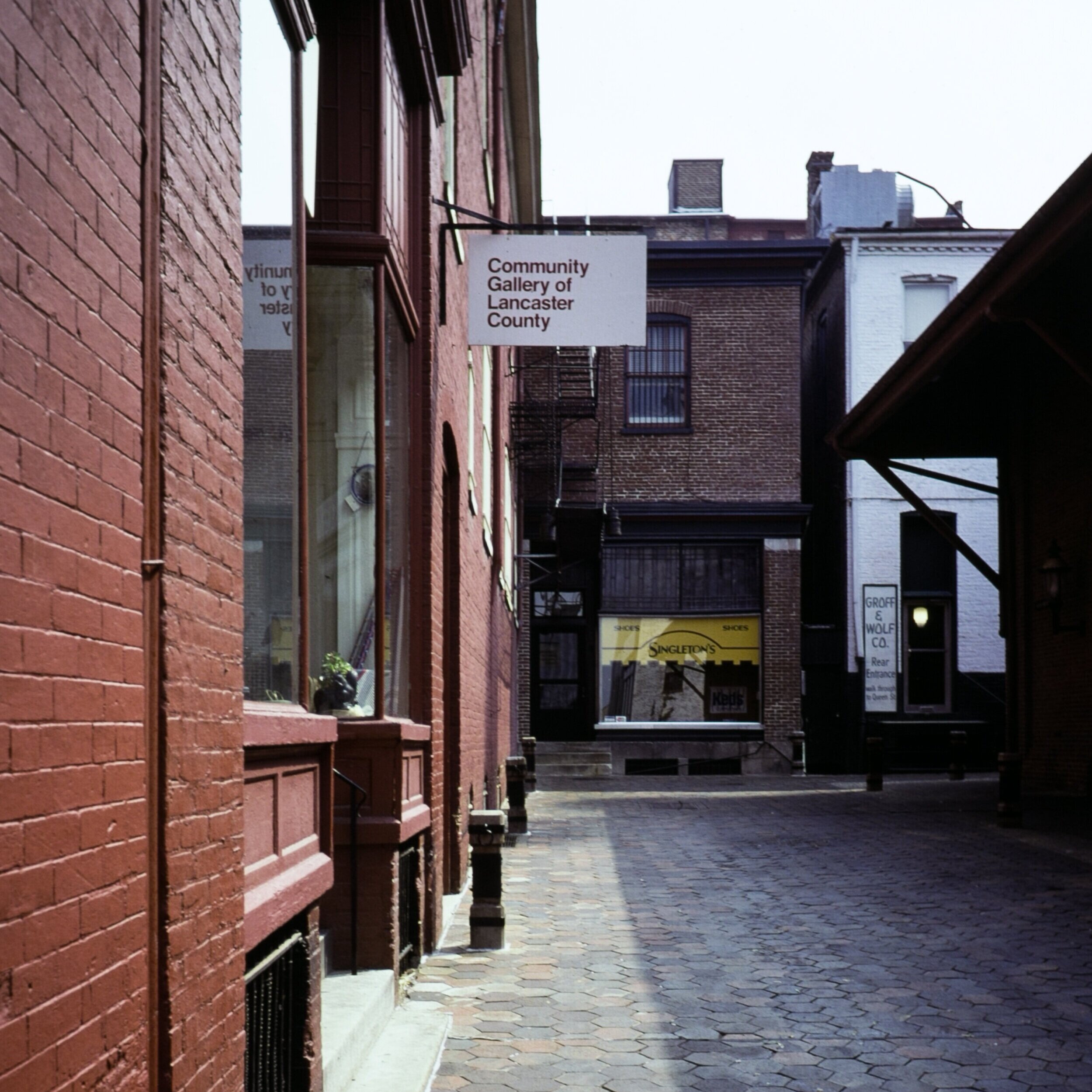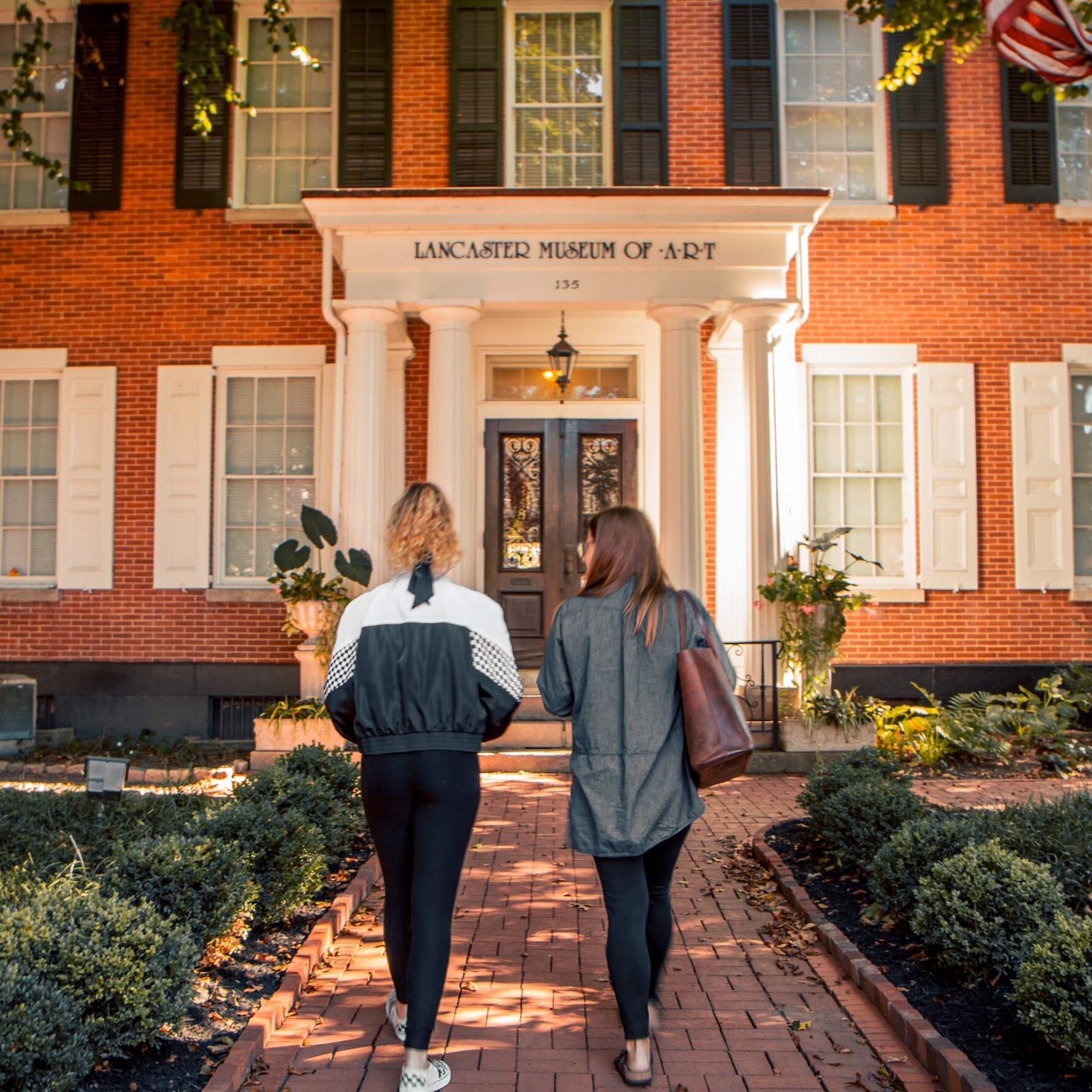History of the Lancaster Museum of Art




Since its founding in 1965 by a group of artists and community leaders, the Lancaster Museum of Art has been a leading source for culture and education for people living in, as well as visiting, this region.
Initially known as the Goethean Gallery and located on the campus of Franklin and Marshall College, the Museum became the Community Gallery of Lancaster County when it relocated off-campus to 13 W. Grant Street. In 1979, we moved to our present location in the Grubb Mansion, adjacent to Musser Park, and in 1996 became the Lancaster Museum of Art.
The Museum provides a 4,000 square foot facility for exhibitions of regional, national and international artists in a variety of media, artist's lectures, panel discussions, and educational workshops for children and adults. Named by the Lancaster County Community Foundation as one of the seven Keystone Arts Organizations in the City of Lancaster, we present exhibitions as diverse as the communities we serve.
Moreover, we are committed to making certain that our programs are attractive and meaningful to our audience. We strive to foster an appreciation of the visual arts that respects and recognizes all. Our hope is that we ultimately foster strong, lifelong connections to the arts and the role they play in our everyday lives.
The Grubb Mansion
The Grubb Mansion, home of the Lancaster Museum of Art, was built as the townhouse for ironmaster Clement Brooke Grubb, and represents the most intact and sophisticated expression of Greek Revival style domestic architecture in Lancaster County. Grubb purchased the entire lot now known as Musser Park for $1500 in 1845. Excavation commenced in February of that year, and the family occupied the home in March 1846.
Although a specific architect has never been identified, the house shows complex derivations from important architectural design books of the 1830s - 1840s. The mansion’s great parlor features twin white marble mantels and Ionic Order pilasters that frame the windows and doors. The oval staircase, cast iron fireplace in the southeast room and Egyptian marble mantel in the southwest room on the first floor are also unusual. With a majority of comparable interiors in Philadelphia destroyed by fire, the mansion’s interiors are the best remaining example between Philadelphia and Baltimore.
The original two-story porch on the back of the mansion was replaced with a portico in 1952. During the mid-70s the mansion briefly became the home of the Lancaster Recreation Commission. By 1979, Community Gallery, now the Lancaster Museum of Art, had made the mansion its home.
The Grubb family patronized the most important artists of the greater Philadelphia area in the 19th century and owned portraits of St. Memin, Thomas Sully, and Rembrandt Peale. It is therefore fitting that today the mansion is home to the Lancaster Museum of Art, which is dedicated to the advancement of the visual arts through exhibition and educational programs. The Museum houses both permanent and visiting collections of art by local, national, and international artists.
The Grubb Family
In 1677 John Grubb, the patriarch of the American Grubbs, left his home in Cornwall, England, aboard the ship Kent, bound for the new world. John Grubb would eventually settle in Chester County, serve as member of the Colonial Assembly under William Penn, and become a significant landowner.
Grubb’s son, Peter, is credited with pioneering the manufacturing of iron at Lebanon County’s famous Cornwall Furnace in 1742. It is said that the name, Cornwall, was given in memory of the family’s ancestral homeland in England. Peter’s son, Peter, Jr., went on to build the Mount Hope Furnace and serve as Colonel of the 8th Battalion, “The Flying Camp” (organized in Lancaster in 1776), during the Revolutionary War. Among other items, the Mount Hope Furnace made the cannons for Washington’s Revolutionary War Army.
Peter, Jr. and his son, Henry Bates Grubb, were the first members of the Grubb family to sell portions of their furnaces and land holdings to the Coleman family of Lebanon County. Henry built the Mount Hope Mansion in 1800, now home of the Mount Hope Estate and Winery. Henry Grubb also built the Hope Church in Mount Hope, with the first service being the baptism of his son, Clement, on January 3, 1818. When Henry Bates Grubb died in 1822, he left the Mount Hope Furnace and land to two of his sons, Edward and Clement.
Clement Brooke Grubb, one of six children, was born on January 9, 1815. He married Mary Ann Brooke, daughter of Charles Brooke, ironmaster, on February 27, 1841 and they had five children; Harriet, Charles, Mary, Ella, and Daisy. In 1845, Clement and Mary Ann sold their half of the Mount Hope Furnace and land to Alfred Bates Grubb, Clement’s brother, for $25,000 and moved to Lancaster to oversee their remaining properties.
Clement Grubb was the president of Lancaster’s First National Bank from 1880-87 and, at the time of his death in 1889, was said to have been the “wealthiest citizen” in Lancaster and one of the largest iron manufacturers in the state. Among his holdings were the Mount Hope Furnace, the Codorus Furnace in western Lancaster County, the Henry Clay and St. Charles Furnaces near Columbia, and the Cornwall Ore Mine. The family’s residences included the Mount Hope Mansion, the Grubb Mansion, and a townhouse on Walnut Street in Philadelphia.
The last resident of the home in Musser Park was his daughter, Daisy, one of Lancaster’s leading society ladies. While she was always described as dynamic and quite amiable, Miss Grubb’s own life was touched by tragedy at a young age. As a young woman in the Victorian era, Daisy had been engaged to a young man. Tragically, just before the wedding, her fiance was killed in a hunting accident. Miss Grubb never married and instead devoted her time to children’s causes and community projects.
Romantic legend holds that Daisy, an avid art student, painted cherubs on the ceiling near the ballroom at the mansion at Mount Hope. The scene of many happy times for the couple, it is said that she painted one of the cherub’s faces in the likeness of her fiance. The ceiling and the cherubs are still visible today.
Throughout her life, Daisy maintained a high profile social calendar and spent her time expanding the mansion at Mount Hope. She was a long-term committee member of the Lancaster County Historical Society, Daughters of the American Revolution, and Society of Colonial Dames. She continued her work while living in the mansion on Lime Street until her death on September 11, 1936.

